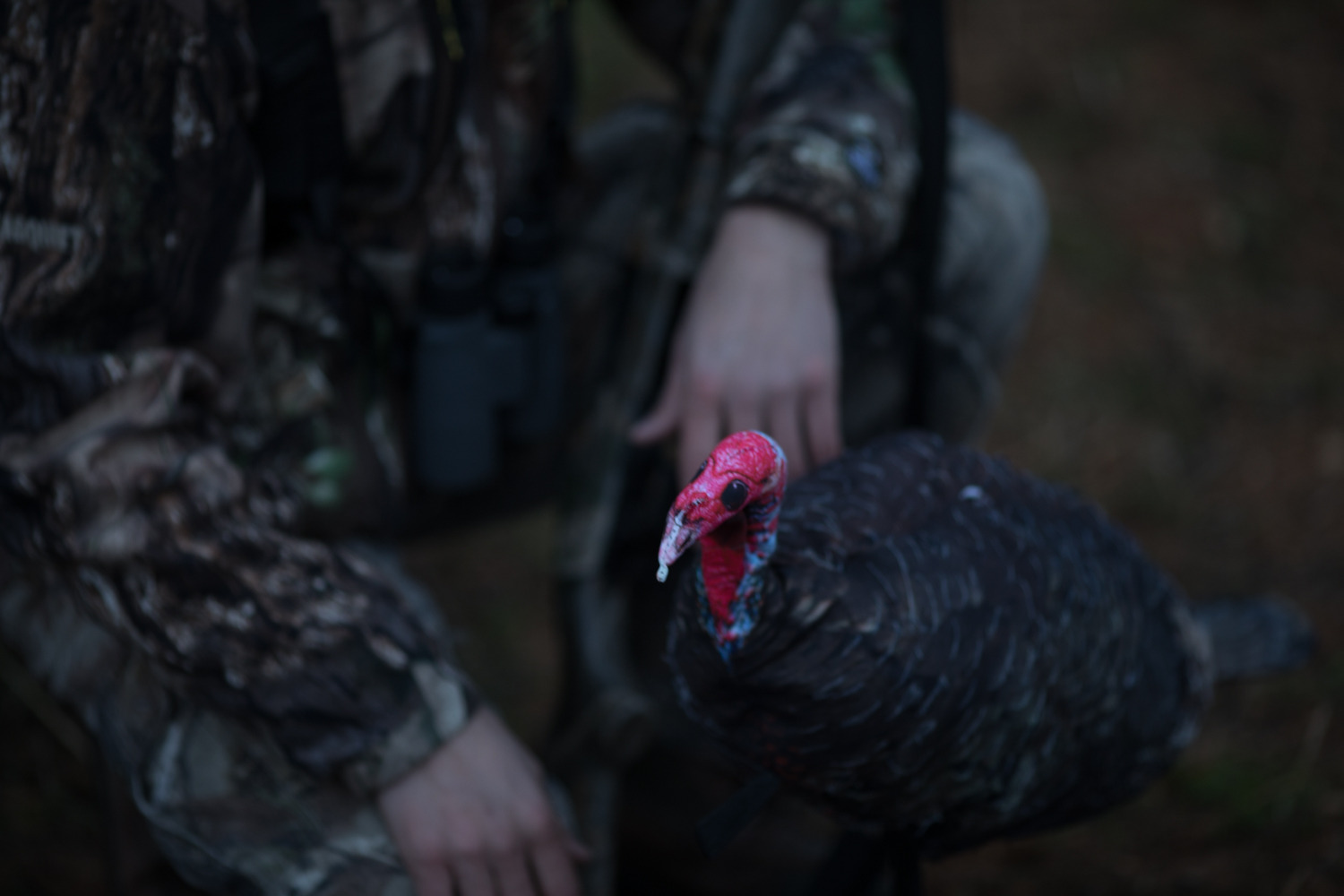Oct 12, 2018
FALL TURKEY HUNTING
*Please always check individual state regulations before hunting any game animals.
My best friend and I had just been walking rather aimlessly along a leaf-laden ridge when the explosion happened around us. A cacophony of cuts, yelps and wing beats blanketed the woods as a flock of turkeys scattered like a covey of quail. For the next minute neither one of us looked into the other’s eyes, waiting for the fear to subside. Had to be cool under pressure, composure in tact, those things are important to a young man.
It was the three-day shotgun season in Tennessee. What would our mommas say if we saved them a trip to Kroger come Thanksgiving week? As it were, dumb luck had led us to locate and bust up a flock. Now, if we could just coax them back.
We slowly tucked ourselves into a couple of girthy oaks. I’d shoot. Kyle would call. It’s what the coin told us to do. It was our first time fall turkey hunting and there was no good way to decide who’d do what on that maiden outing.
Unfortunately, in our haste to get out of camp and into the woods we neglected to bring a call. Soft yelps were slowly beginning to emerge from up and down the ridge and we might as well have been sitting on our hands, which is what Kyle did, sort of. When I heard dry leaves crackling beside me I thought he’d lost all hope as I nearly had and was standing up to leave. Instead, he was using his hand to scratch the ground.
The yelping grew louder as hens and gobblers worked their way back to where they’d last been together as a flock. They could hear scratching, one of their brethren raking back the leaves for whatever nut, berry or bug lay on the top soil. If someone was feeding then the danger must be gone. Ten minutes after we’d busted the flock a hefty jake lay flappin.
While it doesn’t always happen that easily, fall turkey hunting can be a highly successful venture. There are several ways to locate and bust up a flock. And as we mentioned, call one back together too. The last two steps fall solely upon your shoulders: shooting and cooking.
Find a Flock
Unlike the spring, turkeys don’t call much in the fall. In fact, hens, jakes and toms resort to a soft yelp, so you’re not likely to raise one by laying into a locator call. Instead, cover some ground. If you’re on the plains, ride the roads until you see a flock huddled in a field before putting a plan into play. In the hillier corners of the country, embark on foot, moving slowly through the woods. Much like what happened to Kyle and me, you never know when a happy accident will occur.
Bust Them Up
After you’ve located a flock, scatter them into the wind. Again, unlike spring, gobblers aren’t out hunting hens, so they like to bunch up in the name of survival. More eyes and ears equal a greater security system.
Many hunters who pursue turkeys in the fall like to take a dog along with them. Doing it this way, any turkey in a busted flock is going to assume a natural predator has just skirted through their midst and won’t think much more about it once the danger has passed. A creature as unnatural to their environment as a human will raise a lasting alarm that might push them further away before they attempt to regroup. Carry a knapsack or camouflage tarp so that once the dog has done its duty, you can have it lay down beside you and cover it up.
Call Them Back

This is the easy part. Not in the sense that they are going to come sit in your lap every time, but for the simple reason that you don’t need to be an expert caller. Think minimalism. A few putts and soft yelps is all it takes. Sit very still and keep your head on a swivel. Even the most novice turkey hunter likely knows the ghost-like tendencies of America’s favorite game bird. If they’ve silently snuck up on you during the spring a once or twice, it’ll happen nearly every time in the fall.
Put out as many turkey decoys as you have and place them in various positions. A feeding decoy and a soft rake of the leaves gives credibility to calmness. And the numbers will make the area seem safe as the flock reunites.
Did You Know?
Turkey hunting began as a fall sport. In fact, many areas of the country did not switch over to spring seasons until the early 1970s. So even the most seasoned veterans of the spring turkey woods haven’t been at it that long. Heck, some even approached the spring season with skepticism riding the argument that they’d be taking advantage of the gobbler’s urge to breed. I don’t know about you, but I’ve only “been taken advantage of” by the wild turkey.
